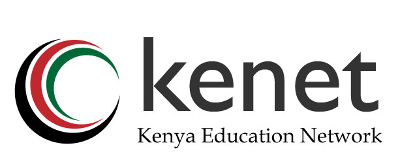You are here
Highlights of the 9th AfriCOMM 2017 Conference
The 9th EAI International Conference on e-Infrastructures and e-Services for Developing Countries (also known as AfriCOMM Conference) focused on how developing countries can deploy efficient and effective e-Infrastructures, improve on e-Governance, e-Services, and e-Business even with limited resources. Endorsed and organized by the European Alliance for Innovation (EAI), the annual conference this year took place in Lagos, Nigeria, one of the African countries identified as having the most involved e-infrastructure developments based on identified projects.
The two-day conference (11-12 December 2017) had a total of about 66 papers from various parts in Africa and Europe, and were presented in 9 sessions. Mr. Kennedy Aseda, the Lead Network Engineer in KENET presented a paper on – Internet Performance Measurements for Education & Research Network in Kenya. The paper highlighted how the use of perfSONAR, an Internet measuring tool used for network performance monitoring has enabled researchers in Kenya to collaborate with researchers in other parts of the world. By deploying appropriate infrastructures, such as the perfSONAR toolkit, research collaborations have been made possible by the active collection of metrics to ensure end-to-end network performance.
The trends and findings discussed throughout the Conference hinted that there has been thorough research and innovation advances in Africa, in regards to e-Infrastructures. However, there is a lot more that could be done to catalyze development of e-infrastructures, e-services and e-governance. Although adoption of ICT to facilitate delivery of services looks promising, the 55 African countries, most of which are labeled as ‘developing countries’ are behind the digital divide compared to the rest of the world due to the low penetration of ICT. Hence, the potential for e-government remain unexploited.
“The point that was recurring during the Conference was that Africa had good ideas, and systems were already in place. The only problem was that the will to implement these systems was minimal or lacking altogether,” said Mr. Aseda.
A feasible solution suggested was the top-down approach whereby leaders, particularly in Africa need to implement systems, and policies carried out. With this, e-infrastructures in Africa can tremendously improve.
